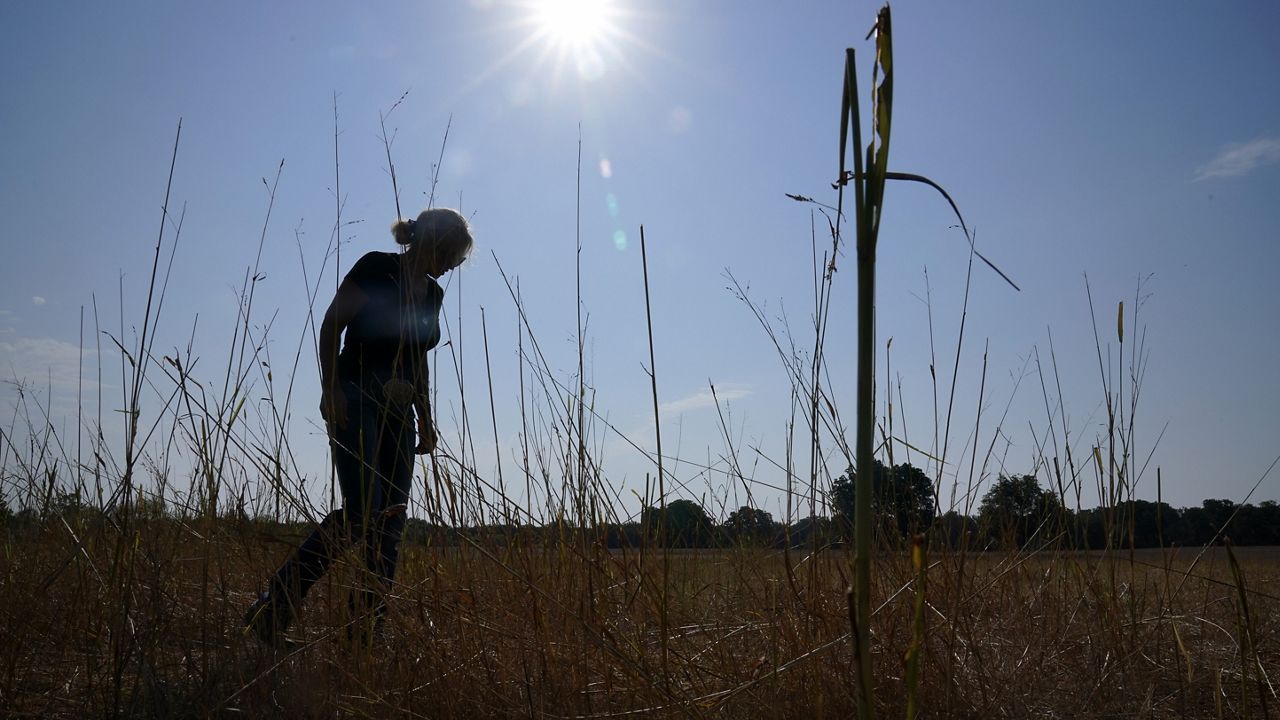The U.S Drought Monitor has confirmed that portions of the state are now considered to be in moderate drought conditions, with most of the rest of the state considered "abnormally dry."
The map includes data through June 25, so it would not include the rain the state saw on Wednesday.
According to the U.S. Drought Monitor, the historical effects of a drought in Ohio include the following:
- "Drought is hard on landscaping businesses
- Fewer mosquitoes are observed than normal
- Hay yield is low; hay is expensive; corn is curling; farmers feed hay early; fruit (cherries and plums) yield is low
- Small brush fires occur; burn bans begin
- Voluntary water restrictions are requested"
For those area only in "abnormally dry" conditions, they say historical effects include stunted crops and declining pond levels.
The U.S. Drought Monitor estimates the total population in drought areas as 5,486,553.



